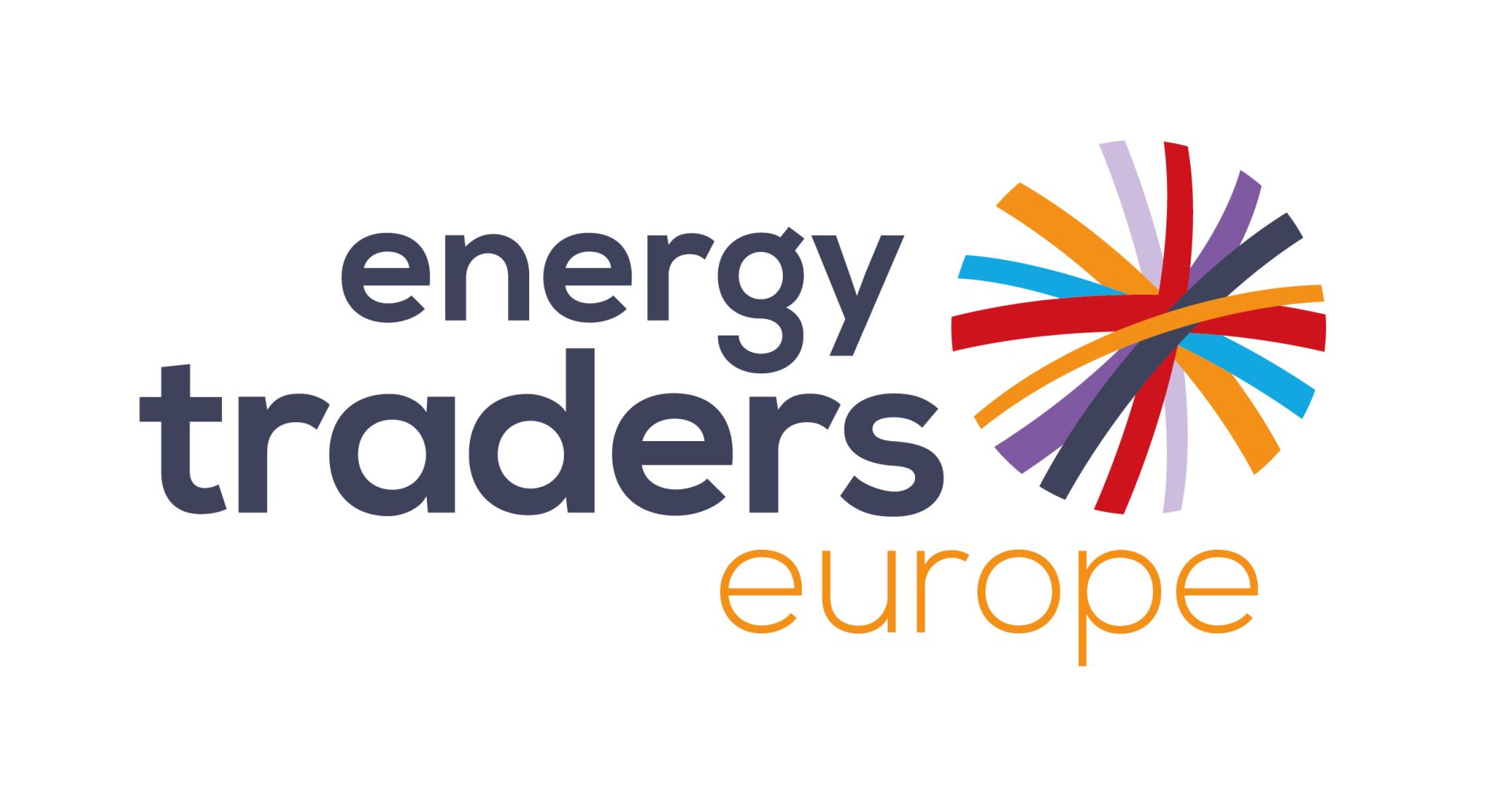The Future of Energy Trading in Europe: AI, Renewables & Market Volatility
Aug 17
Key points:
- How renewables create more volatility (weather-driven markets)
- Flexibility assets: batteries, demand response, hydrogen trading
- AI & machine learning in price forecasting
- The impact of geopolitics (gas pipelines, LNG imports)
- How carbon markets and EU ETS (Emissions Trading System) shape strategies
- Why the “super energy trader” of tomorrow needs adaptability + tech fluency
The Future of Energy Trading in Europe: AI, Renewables & Market Volatility
AI and Machine Learning: The New Trading Tools
Final Thoughts
Europe’s energy markets are changing faster than ever. The combination of renewable growth, shifting geopolitics, and rapid technological advances is reshaping the way traders work. For those aiming to build long-term careers in energy trading, understanding these changes is crucial.
The “super trader” of tomorrow will need to combine traditional market intuition with cutting-edge technology and adaptability.
The “super trader” of tomorrow will need to combine traditional market intuition with cutting-edge technology and adaptability.
Renewables: Driving Volatility and Opportunity
Europe’s commitment to decarbonization has led to massive investments in wind, solar, and hydro. But with renewables comes intermittency — the sun doesn’t always shine, and the wind doesn’t always blow. This creates sharp fluctuations in supply, and therefore in power prices.
Result: higher volatility in spot markets, more negative prices, and more frequent balancing challenges.
Trading opportunity: traders who can anticipate renewable output and its impact on prices will have an edge.
Gas and Geopolitics: Still Key to the Mix
Even as renewables expand, gas remains Europe’s crucial balancing fuel. Events like the 2021–2022 energy crisis showed how geopolitics — pipeline flows, LNG shipments, sanctions — can disrupt markets overnight.
Future focus: traders will need to monitor global gas flows, LNG terminals, and geopolitical developments as closely as weather forecasts.
AI and Machine Learning: The New Trading Tools
Algorithms and AI are no longer just buzzwords — they are becoming standard tools in energy trading.
Forecasting: machine learning models can predict demand, renewable output, and even intraday price spikes.
Automation: algorithmic trading allows execution at speeds impossible for humans.
Decision support: AI can highlight market anomalies, offering traders new insights rather than replacing them.
The winning traders will be those who can combine AI-driven insights with human judgment.
Flexibility Assets: Batteries, Demand Response, and Hydrogen
The energy system of the future will rely heavily on flexibility to balance variable renewables.
Batteries: storing surplus electricity for peak times.
Demand response: adjusting consumption in real time to support grid balance.
Hydrogen: emerging as a traded commodity, linking power and gas markets.
Traders who understand these new assets will find opportunities in emerging flexibility markets.
Carbon and Policy: Shaping the Playing Field
The EU Emissions Trading System (ETS) already plays a huge role in shaping power prices. As climate policy tightens, carbon will continue to influence generation decisions and trading strategies. Beyond carbon, new regulations around transparency, risk, and renewables integration will also shape the way trading desks operate.
Final Thoughts
The future of energy trading in Europe will be more volatile, complex, and technology-driven than ever before. Renewables and flexibility assets will reshape supply and demand dynamics. Geopolitics will keep gas markets unpredictable. And AI will become a core tool for strategy and execution.
For the next generation of energy traders, the challenge is clear: combine market fundamentals with tech fluency and adaptability. Those who master both will lead Europe’s trading desks in the decades to come.
Copyright © Energy Traders Europe - Tech Partner: Symantra

